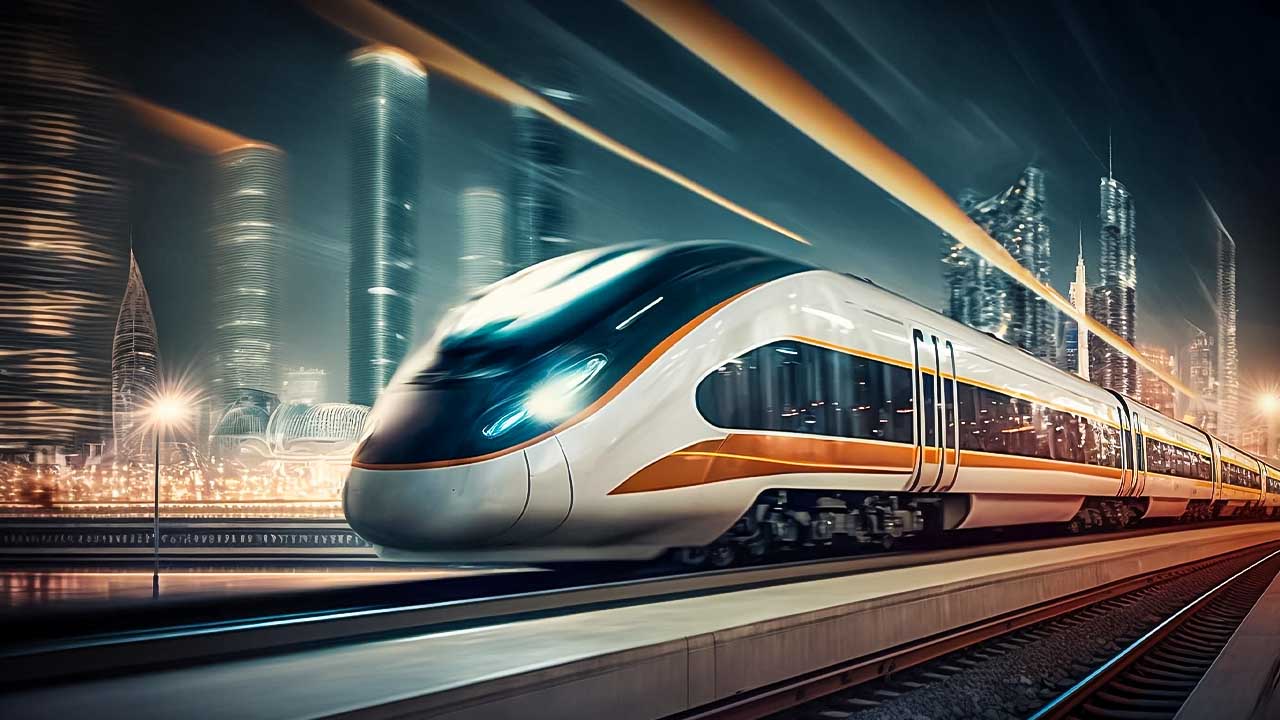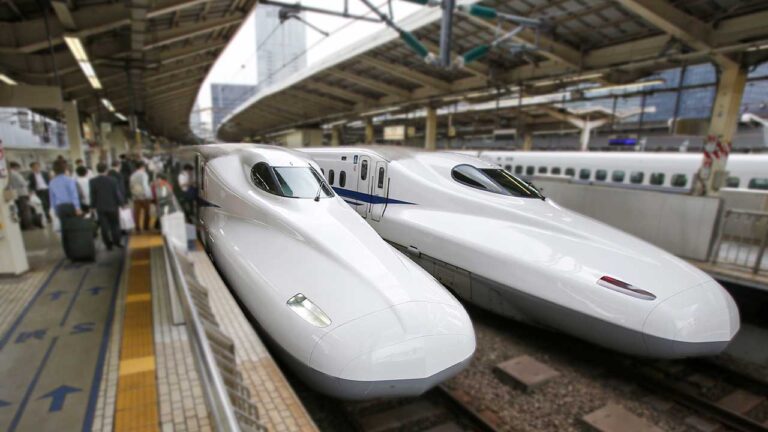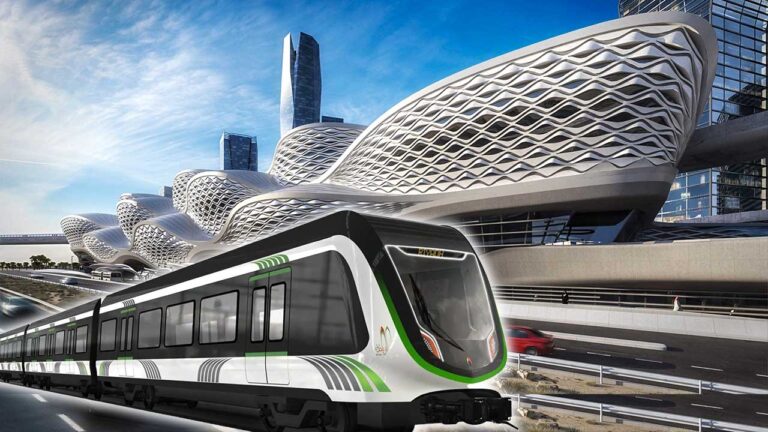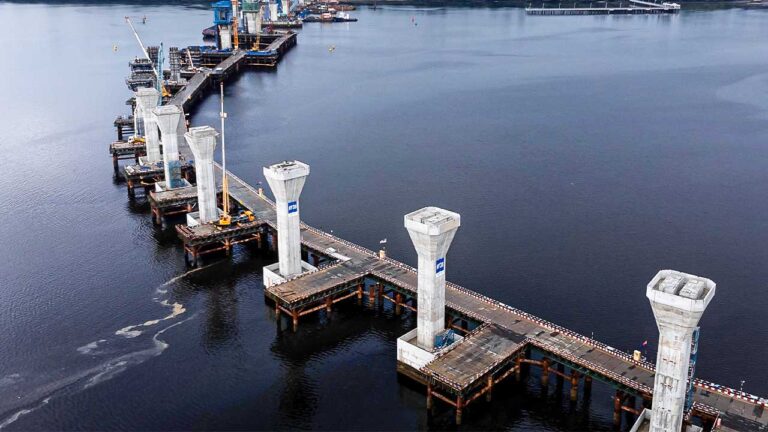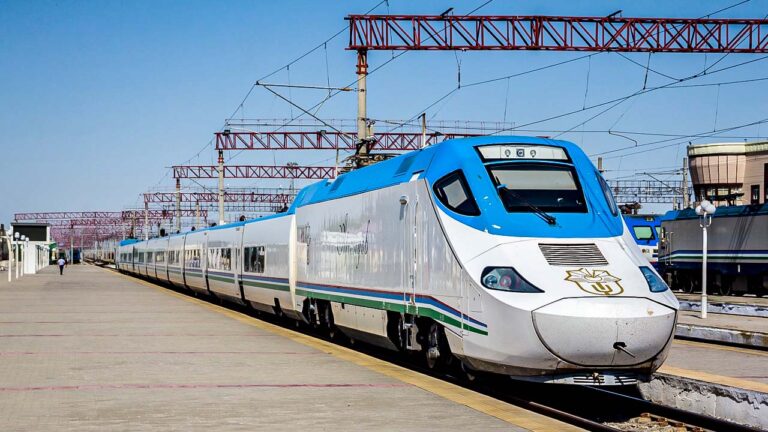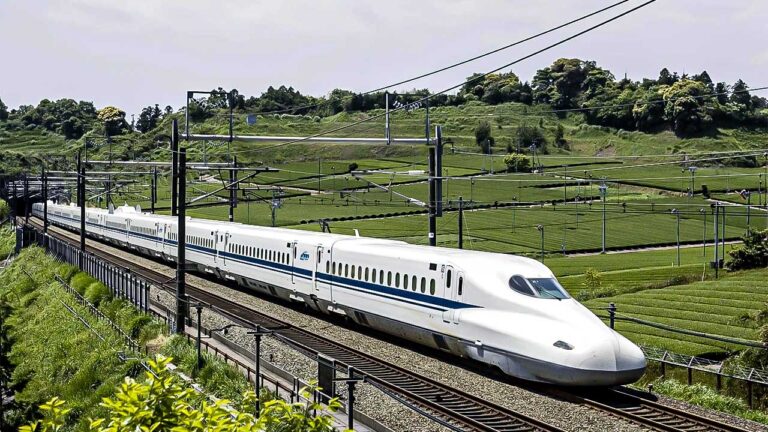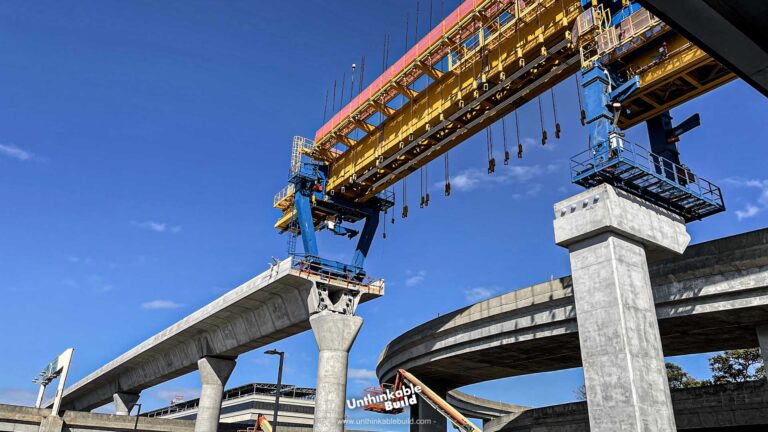Vietnam’s $65 BN North-South Express Railway
In today’s fast-paced world, High-Speed Railways play a crucial role in shaping the dynamics of modern transportation and economic development. As a symbol of advanced technological capabilities, these railways offer an ultra-efficient mode of transport, capable of reaching speeds upwards of 350 km/h. This efficiency drastically reduces travel times over long distances, making it possible for people and goods to move rapidly between cities and even across countries. The widespread adoption of High-Speed Railways is a testament to their significant impact on economic growth, enabling quicker and more efficient business travel, boosting tourism, and fostering stronger regional connections.
The first high-speed rail system was launched in Japan in 1964. Since then, more than 20 countries have developed high-speed rail infrastructure to connect major cities. However, there remains a country whose dream of a high-speed railway network is yet to be fulfilled, and that is Vietnam.
Nearly 18 years ago, Vietnam proposed building the North-South Express Railway, which would replace the current North-South railway between Hanoi and Ho Chi Minh City. The new railway would be a double-track standard gauge (1,435 mm) electric railway, and would supplement the longer 1,729-kilometre railway dating back to the era of French rule.
Initially the project’s cost was estimated at US$55.85 billion, to be funded through official development assistance from Japan and the Vietnamese government itself. But for almost 18 years, this project could not take shape. However, as of Mid 2023, Vietnam’s High-Speed Railway is back on the country’s agenda. Are things any different now? Let’s find out!
Also Read: Building the New Saudi Arabia: Vision 2030’s Saudi Mega Projects
In 2005, Vietnam initiated a plan to build a high-speed rail and started collaborating with Japan. However, 18 years later, this project remains in the planning phase, without any actual construction beginning. To expedite the High-Speed Rail Project, the Vietnamese government not only revised the original plan this year but also shifted its strategy. Instead of solely relying on Japan, they have now invited China to participate in the project. This raises questions: Why has the high-speed rail collaboration between Japan and Vietnam not progressed to construction in 18 years? Moreover, what significant impact could this high-speed railway have on Vietnam’s economic and social development?
Vietnam is located in Southeast Asia, bordered by China to the north, Laos and Cambodia to the west, and the South China Sea to the east and south. It features a long coastline along the South China Sea. Vietnam’s unique geography, spanning over 1600 km from north to south and only 50 km wide at its narrowest point, presents a significant opportunity for its logistics industry. Currently, the industry’s annual revenue is about 10 billion US dollars, considerably less than China’s logistics sector, which generates hundreds of billions of dollars each year. This distinctive geographical layout is ideal for constructing an efficient north-to-south railway, potentially transforming Vietnam’s logistical capabilities and economic landscape.
Vietnam, has a long-standing railway system dating back to French colonial times. Despite being one of the earliest in the region, this railway network has seen little advancement over its century-long history. The growth of other transportation modes has overshadowed the railways, leading to stagnation and even dismantlement, rather than expansion.
At present, Vietnam’s transportation infrastructure, especially along the critical north-south corridor, is inadequate. The journey of approximately 1700 km from Hanoi to Ho Chi Minh City takes about 30 hours by traditional rail. The railway system in Vietnam is also grappling with severe aging issues. Most of the trains can only maintain speeds below 50 km/h, and the cargo transport capacity is limited to just 16 million tons annually. The outdated technology makes repairing and upgrading the existing rail infrastructure more challenging.
These inefficiencies often result in unpredictable goods delivery times, severely affecting the quality of logistics services. This not only compromises safety but also adversely affects regional economic growth, national productivity, and environmental standards. It’s clear that the current railway system is inadequate for Vietnam’s future development needs.
To establish a high-speed rail network, Vietnam has recently shifted its focus towards China, a leading nation in high-speed rail technology in Asia. In October 2023, China hosted the One Belt One Road Summit in which the Vietnamese President, V. Van Sang, not only led a delegation to the summit but also engaged actively in several major events and cooperation meetings over three days. These meetings spanned various sectors, including trade, investment, and infrastructure development. During these discussions, Vietnam highlighted the North-South high-speed railway project, seeking support and assistance from China to bring this project to completion.
The proposed North-South Express Railway in Vietnam is a significant high-speed rail project aiming to link the Hanoi in the North and Ho Chi Minh City in the South. The planned route spans approximately 2,070 kilometers (1,290 miles), the planned express line is set to be a double-track line with a standard gauge of 1,435 mm (4 ft 8+1⁄2 in) and is designed to travel at speeds of up to 300 km/h. This is much faster than the current North-South Railway, which averages 50 km/h (31 mph). Once completed, the journey time between Hanoi and Ho Chi Minh City will dramatically decrease from 32 hours to about 7 hours. The revised estimated cost of the project is around US$65 billion. It is scheduled for completion by 2050 and is a key component of Vietnam’s railway transport development strategy.
The execution of the project is divided into six phases:
- Lang Son to Hanoi (170 km),
- Hanoi to Vinh City (285 km),
- Vinh City to Nha Trang (896 km),
- Nha Trang to Ho Chi Minh City (364 km),
- Ho Chi Minh City to Can Tho (139 km), and
- Can Tho to Ca Mau (216 km).
The North-South High-Speed Railway in Vietnam, aiming to start construction before 2030 and operational by 2050, promises significant impacts on the country’s economy. This project, will span major urban centers, potentially revolutionizing the nation’s transportation and tourism sectors.
Vietnam’s tourism industry, a crucial economic pillar, has faced challenges like outdated transport infrastructure and the recent pandemic’s impact, leading to a drastic decline in tourist numbers in 2021. The completion of this high-speed railway could reverse this trend, drawing an estimated 800,000 tourists annually, thereby boosting the tourism sector.
Also Read: Finally Iconic Sagrada Familia to Be Fully Completed in 2026
In addition to tourism, the railway is expected to create about 30,000 jobs, helping to alleviate employment pressures. It will also enhance cargo transportation efficiency, potentially cutting transport time by 30% and saving over $100 million annually, thus boosting Vietnam’s logistics industry.
Initially, Japan, known for its Shinkansen technology and being a significant investor in Vietnam, was the preferred partner for this project. However, the projected cost of at least $65 billion, nearly half of Vietnam’s GDP at the time, led to the project’s rejection by the Japanese government due to its enormity.
In response, the Vietnamese government revised the project in 2015, focusing more on passenger transport and increasing the proposed train speed. Despite these changes, the project faced another setback due to high construction costs and limited funding.
During this period, Japan shifted its high-speed rail focus to India, leading Vietnam to reassess its strategic partnerships. China emerged as a potential collaborator, having made significant strides in high-speed rail technology and demonstrated its capabilities through projects in Indonesia, Turkey, and Saudi Arabia.
If Vietnam partners with China for the High-Speed Rail Project, it could potentially benefit from China’s technological advancements and experience in international rail projects. On the other hand, continuing with Japan might lead to further delays and challenges, as seen in the slow progress of Japan’s high-speed rail project in India.
The decision to partner with China or Japan for the North-South High-Speed Railway will significantly influence the project’s timeline, costs, and technological features. It remains a critical decision for Vietnam’s infrastructure development and economic future.
The recent visit of President Xi Jinping to Vietnam in December 2023 will play an important role especially in the development of North–South express railway. Amid global economic uncertainties and instabilities, the stable progress of Sino-Vietnamese relations and their expanding economic and trade cooperation will not only benefit the development and well-being of both nations but also positively impact regional and global prosperity.
In terms of economic and trade collaboration, China and Vietnam have reached new heights. Their trade volume has shown remarkable resilience and growth potential. Data from China’s General Administration of Customs indicates significant trade figures: $230.2 billion two years ago (a 19.7% increase year-on-year), $234.92 billion last year (2.1% growth year-on-year), and $206.33 billion in the first 11 months of the current year. Despite a global economic downturn, maintaining over $200 billion in trade for three consecutive years is notable.
China has been Vietnam’s largest trading partner for 16 years, and Vietnam is now China’s largest ASEAN trading partner and fourth-largest globally. This robust trade relationship underscores the deepening economic ties between the two countries.

